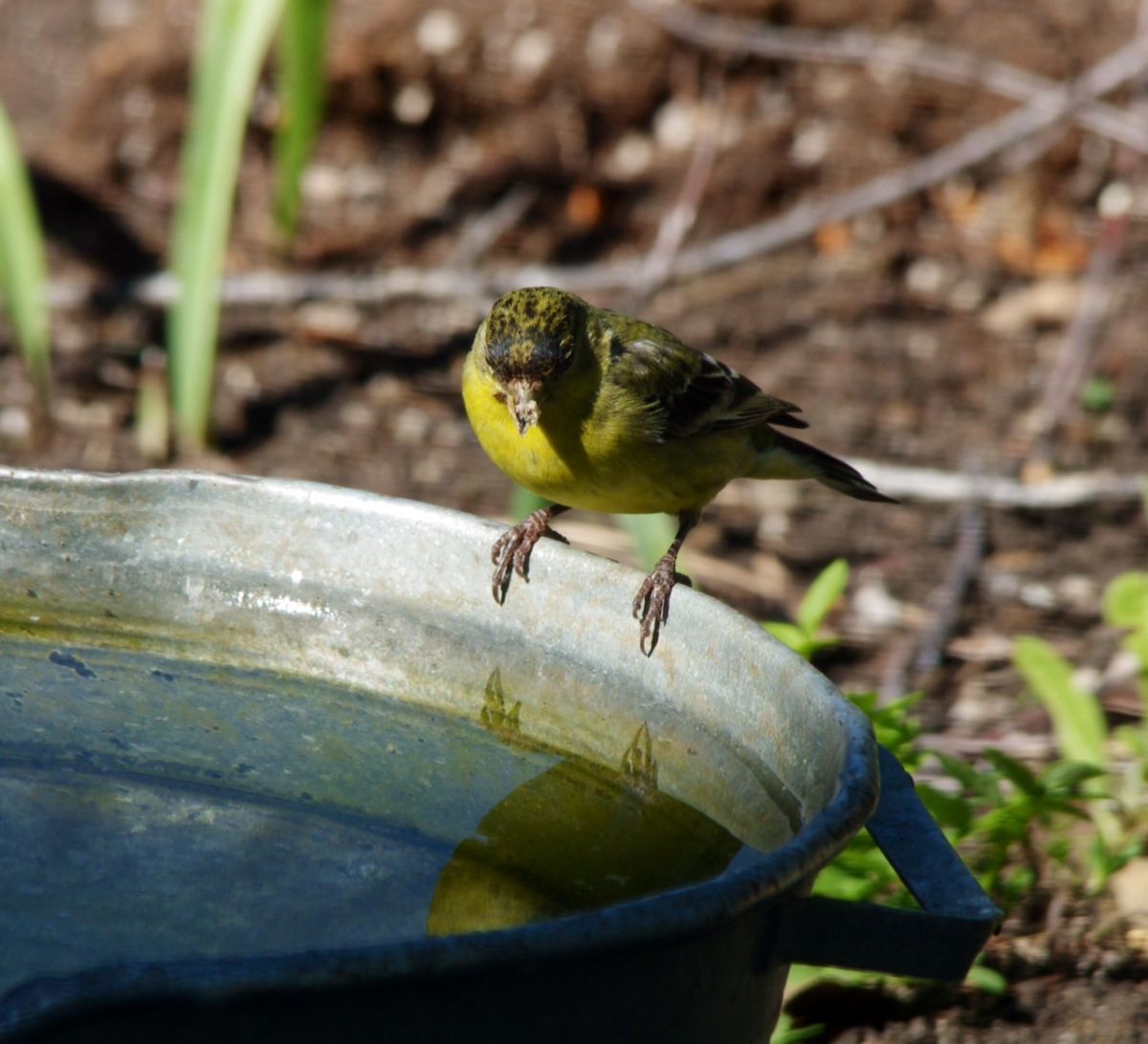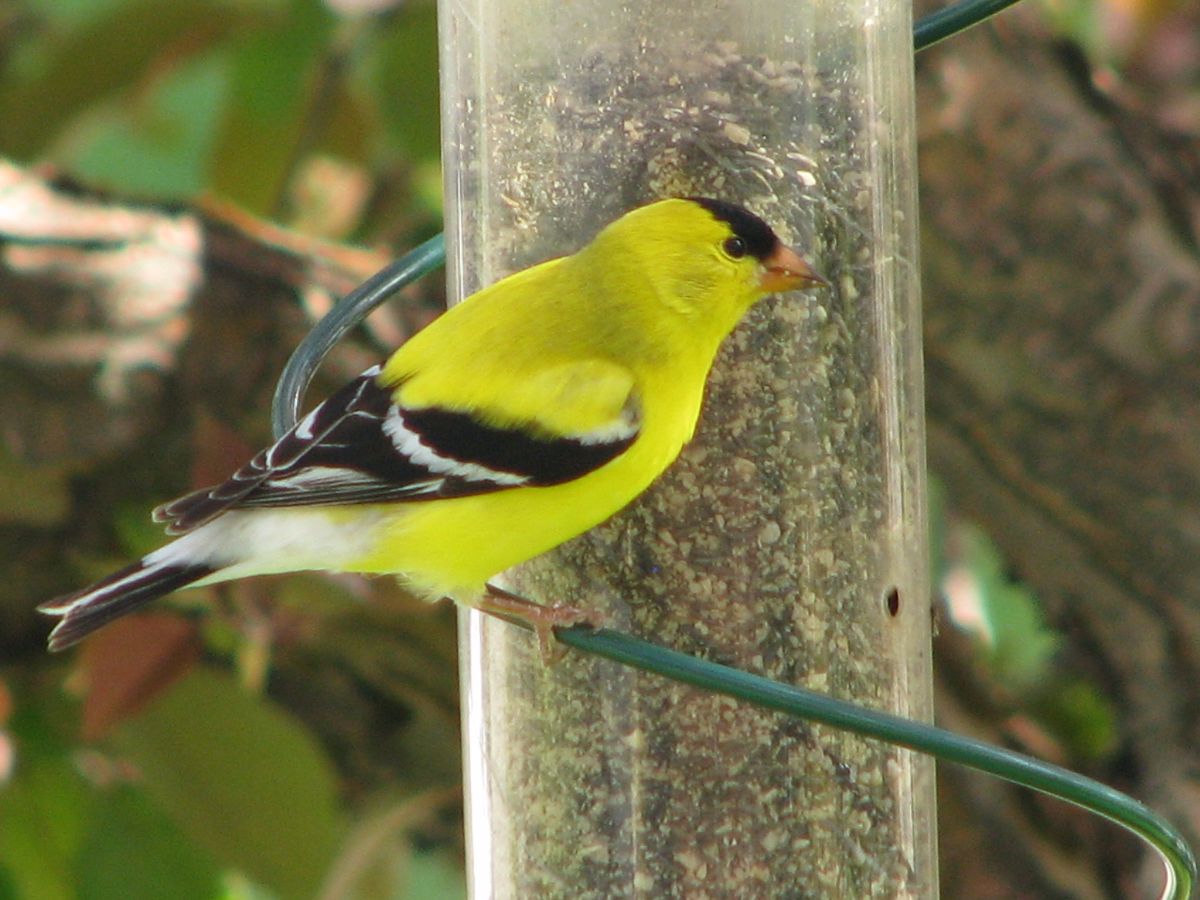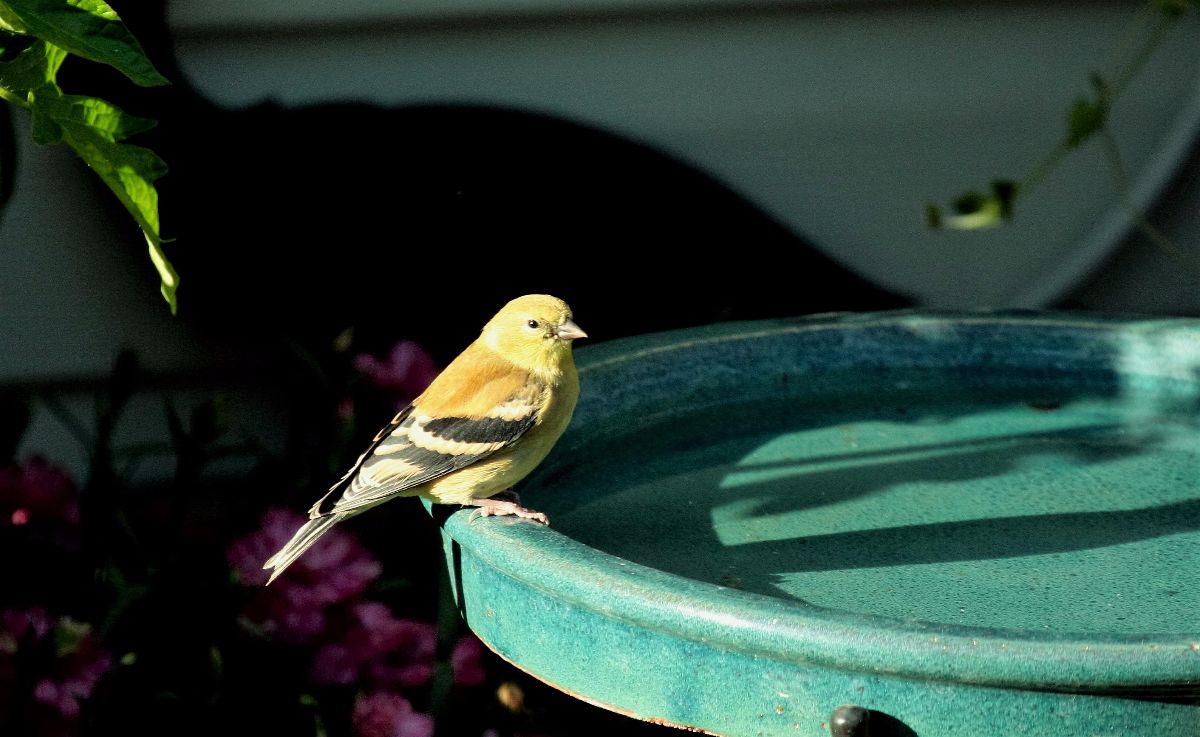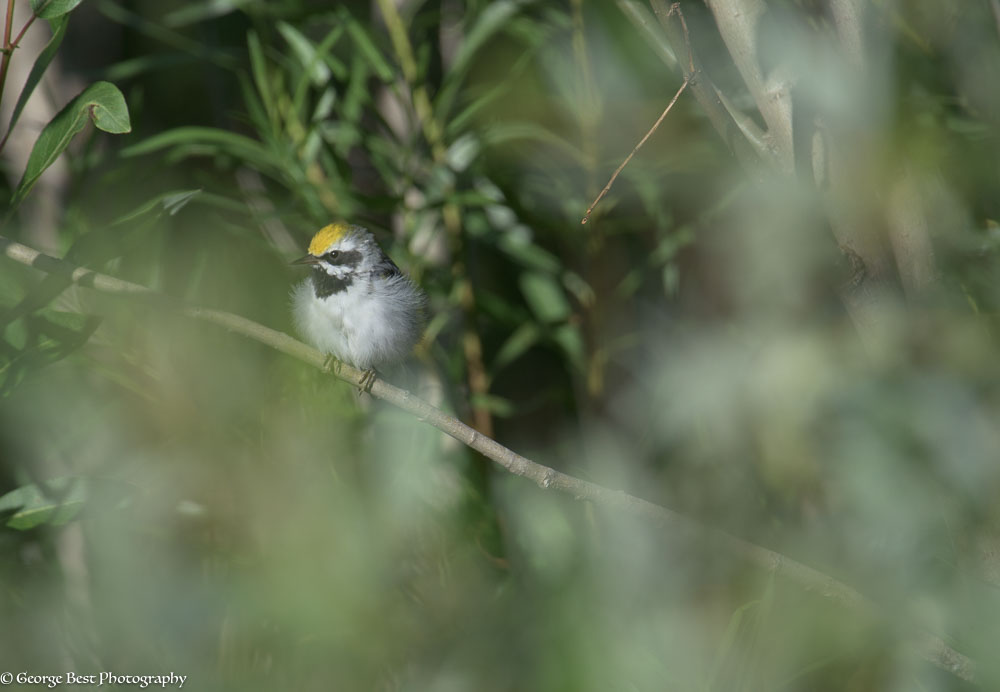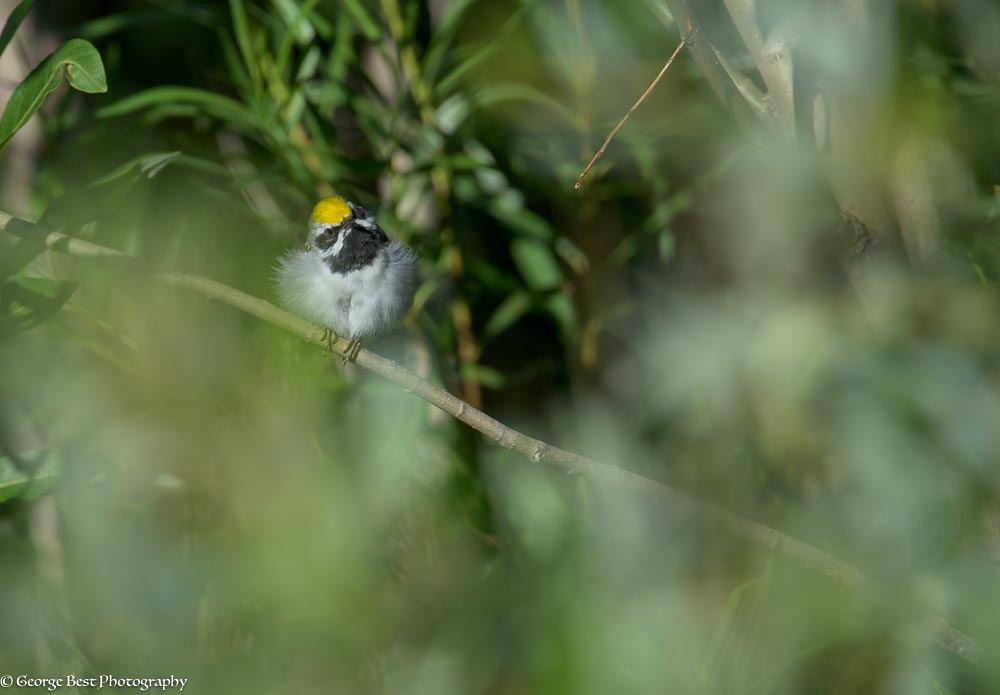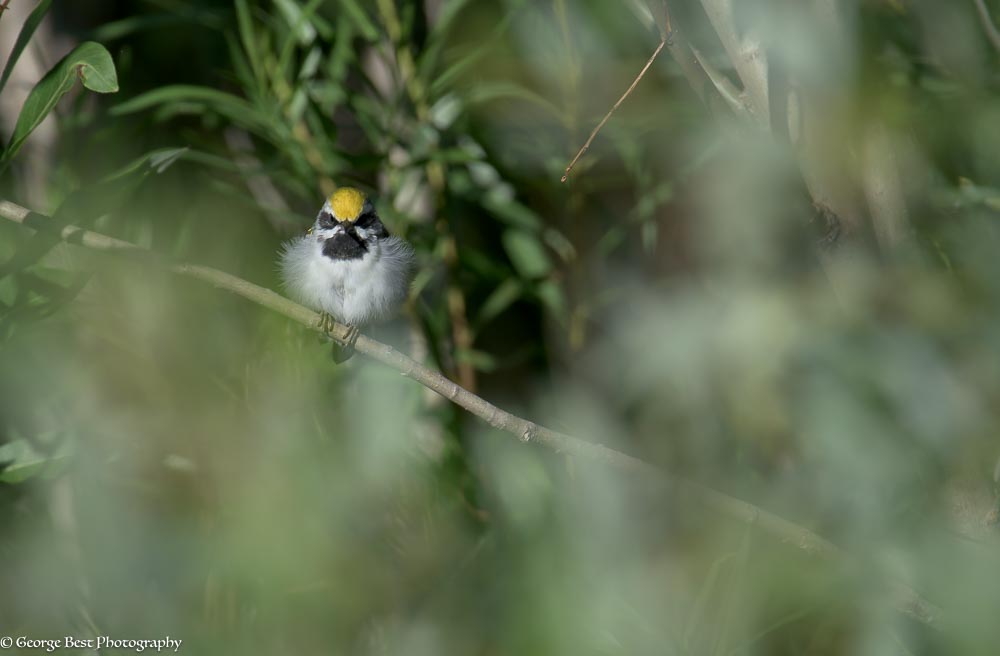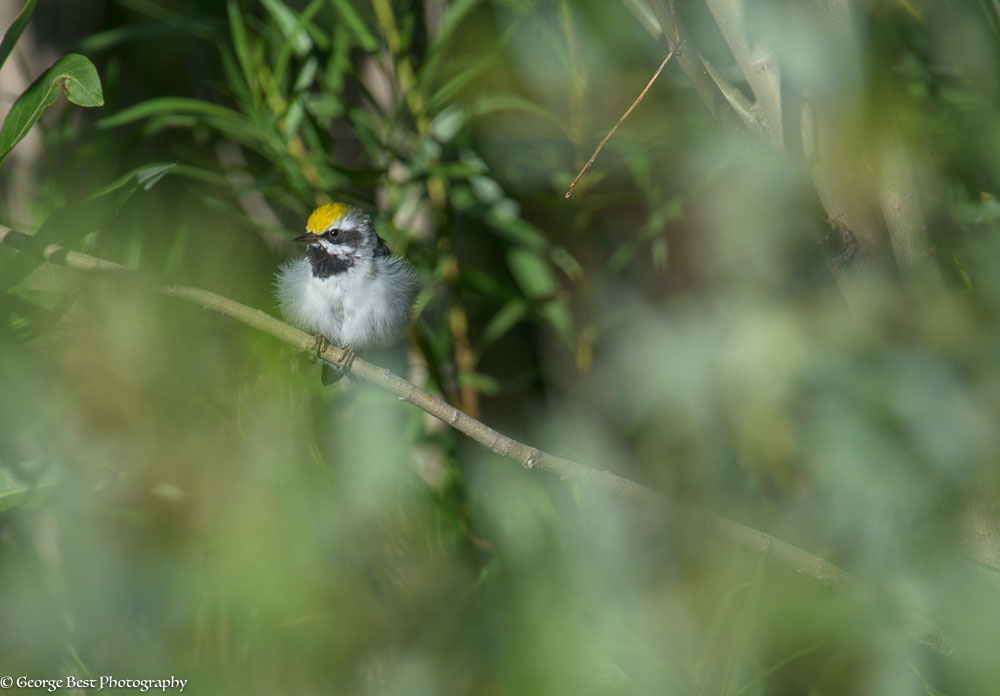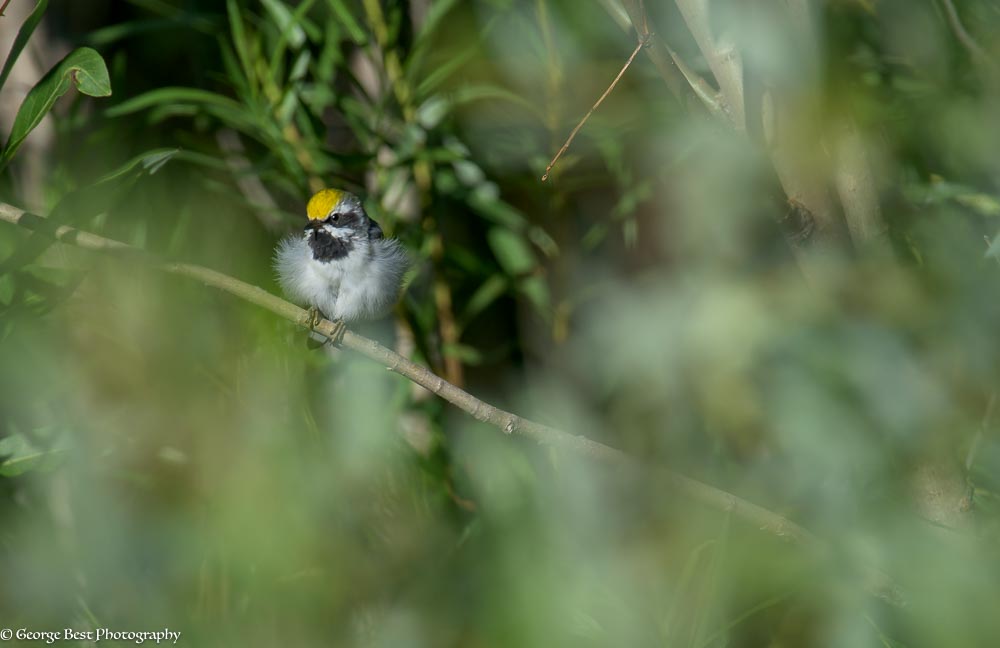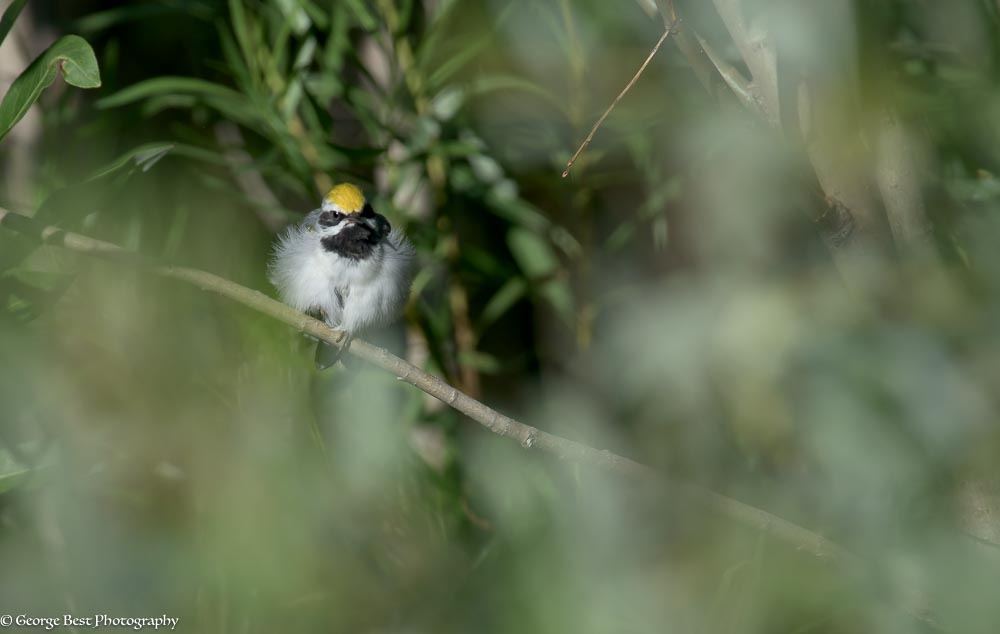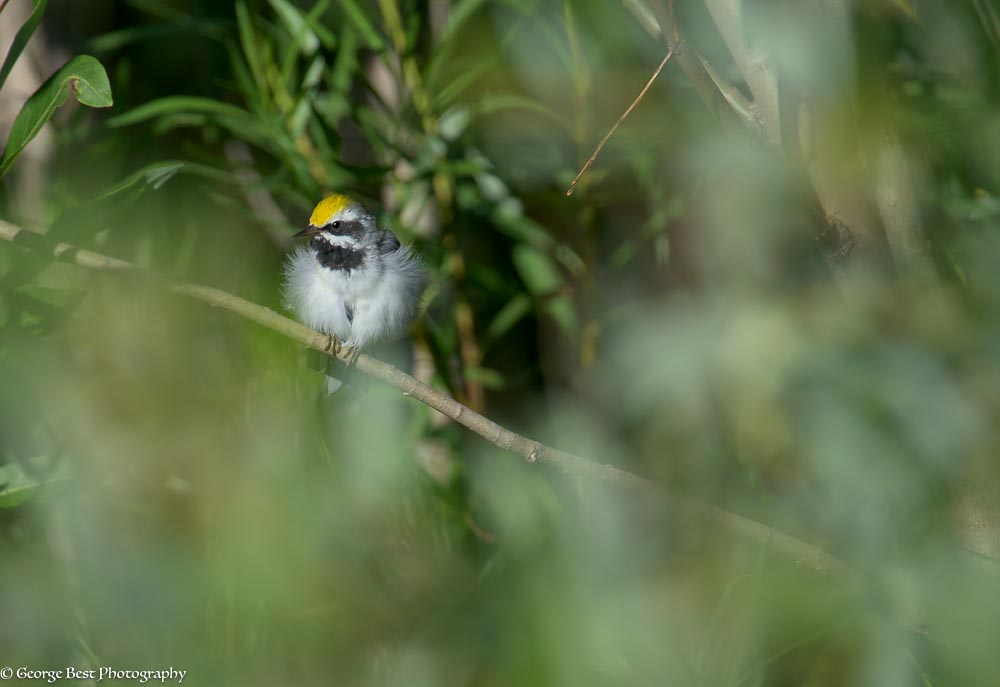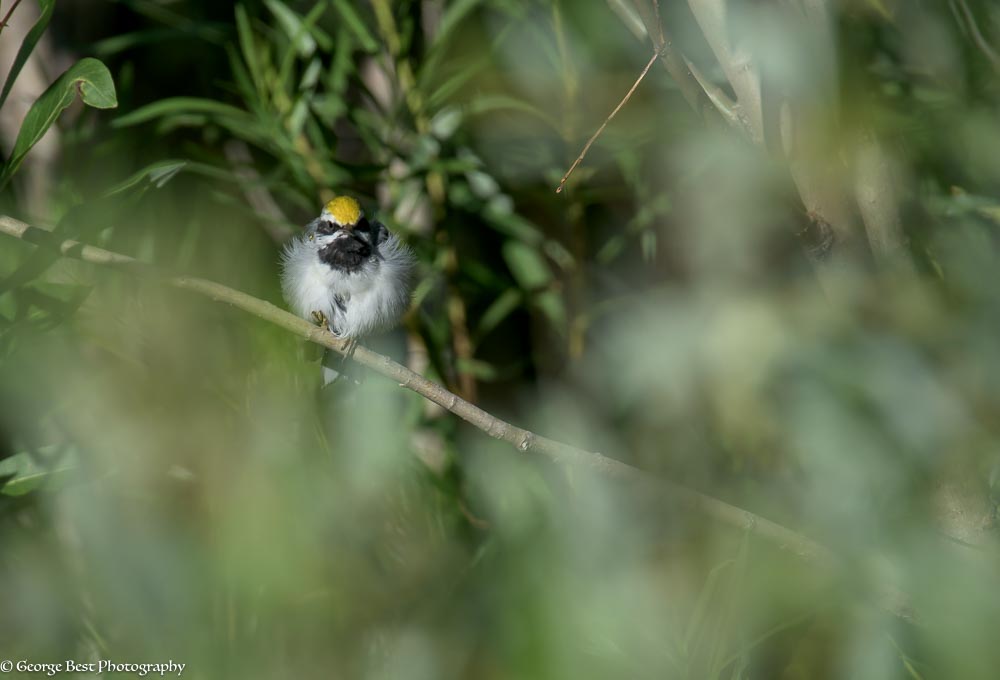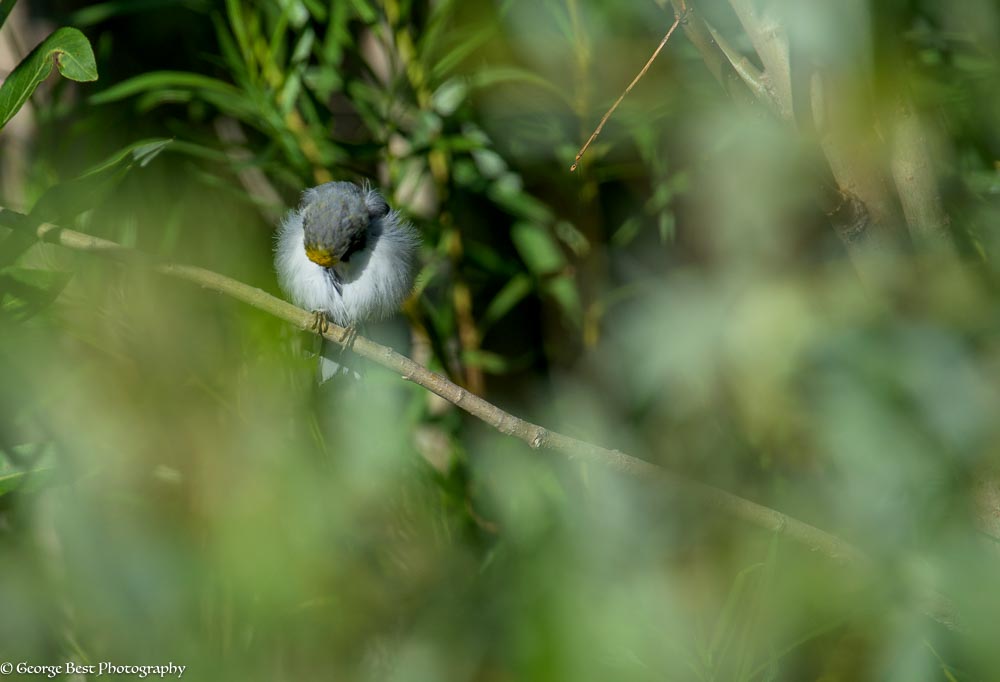Posted by Dan Arndt
Our final outing of the Autumn Birding Course with the Friends of Fish Creek took us to Carburn Park, in southeast Calgary. This is always a great part of the Bow River to find an abundance of waterfowl and occasionally some rare and unusual birds, and this year has been no exception.
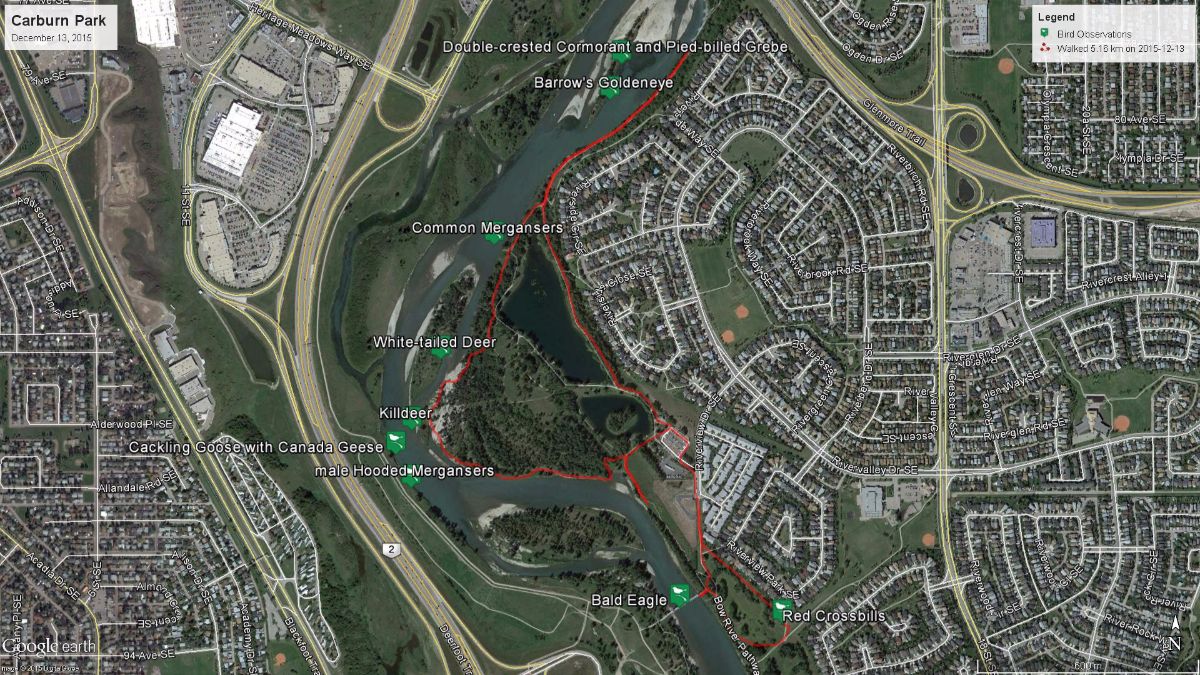
Carburn Park – December 13, 2015
I attended both the Thursday and the Sunday walks that week, because I didn’t want to miss out on any of the birds that had been seen, but also because I needed to know where they were being seen when I let the group on Sunday!
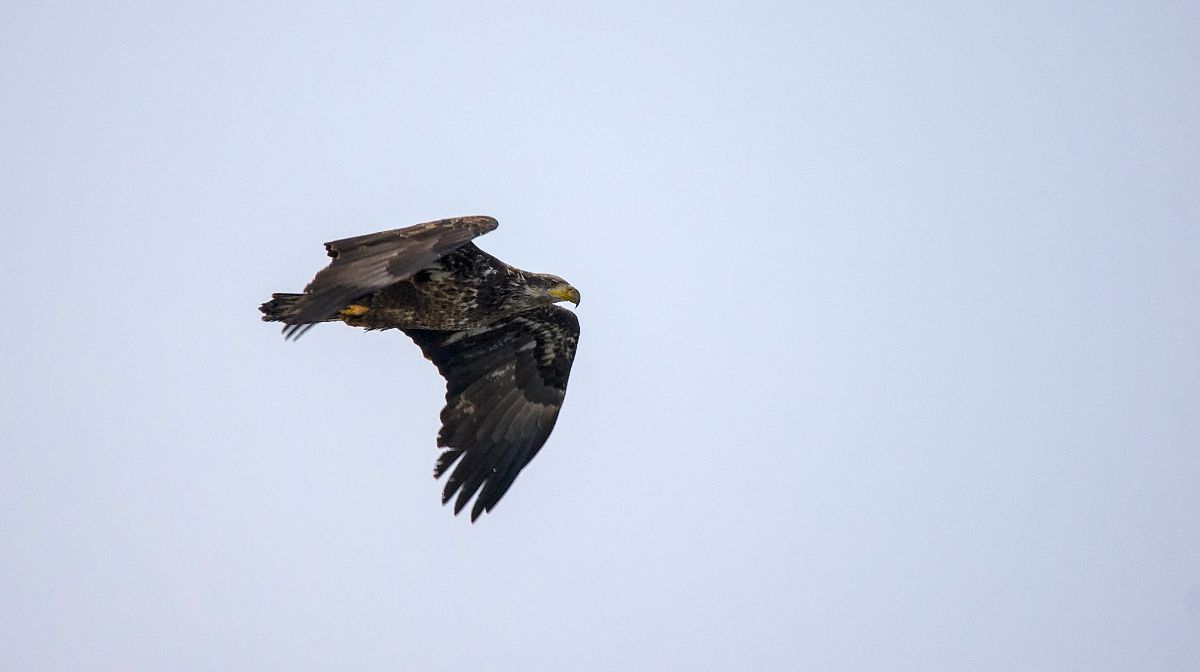
immature Bald Eagle
[exif id=”15084″]
Since I knew the area, I knew we’d be able to do a little detour to the south, and I was sure glad I did. At the bridge we spotted this young Bald Eagle flying upstream on the hunt, flushing many of the Mallards and Common Goldeneye before heading further north and out of sight.
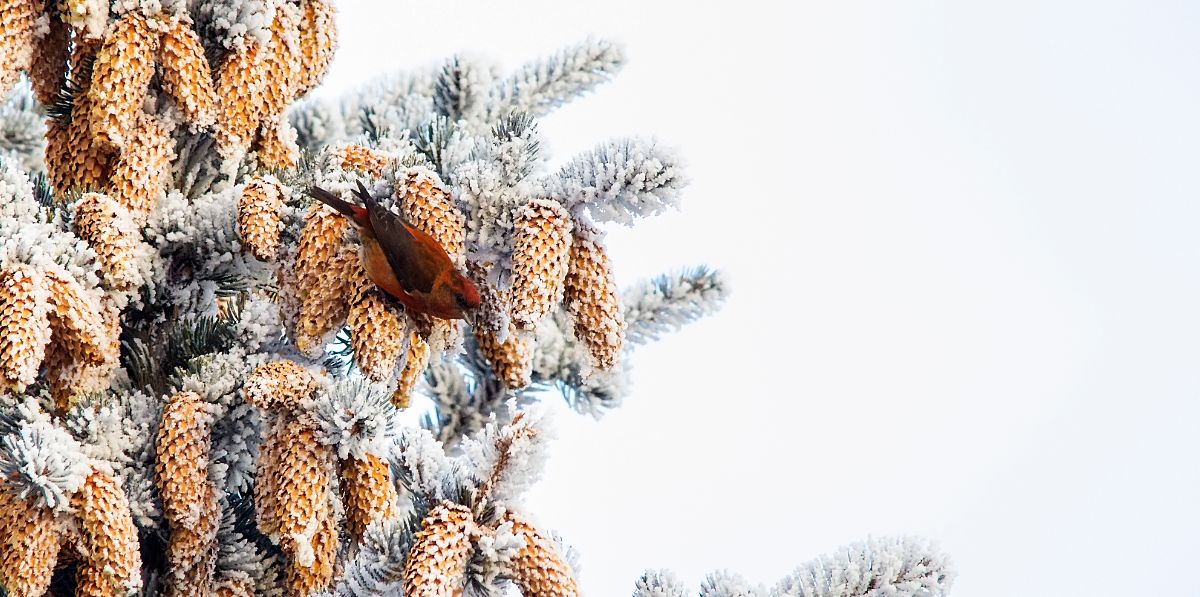
male Red Crossbill
[exif id=”15081″]
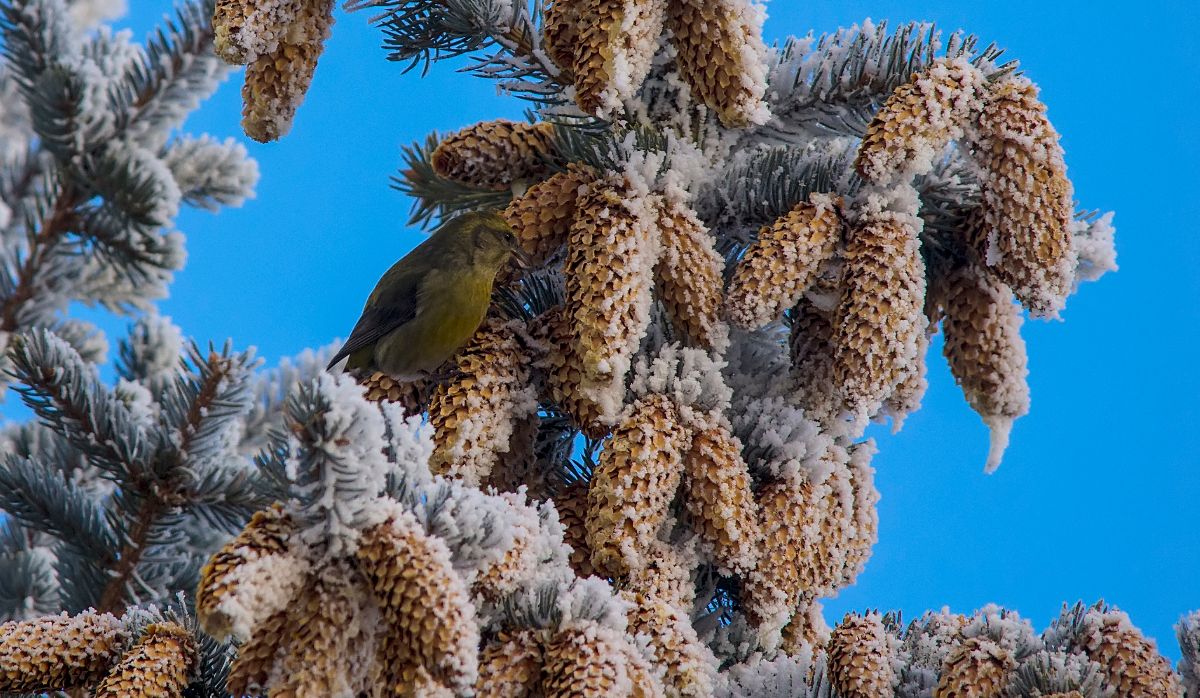
female Red Crossbill
[exif id=”15082″]
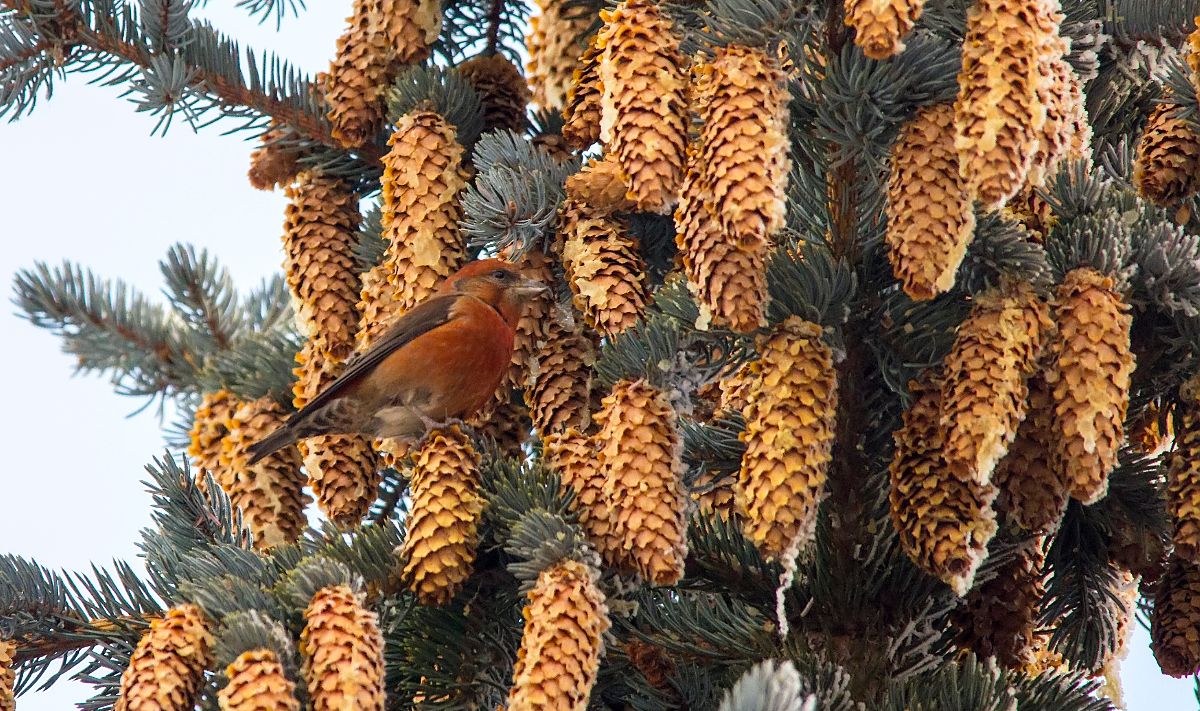
male Red Crossbill
[exif id=”15083″]
Down on the south end of the park, we came across a small flock of Red Crossbills, which can often be a hard bird to get close to, and we had plenty of time to get good looks at both the males and females of this species!
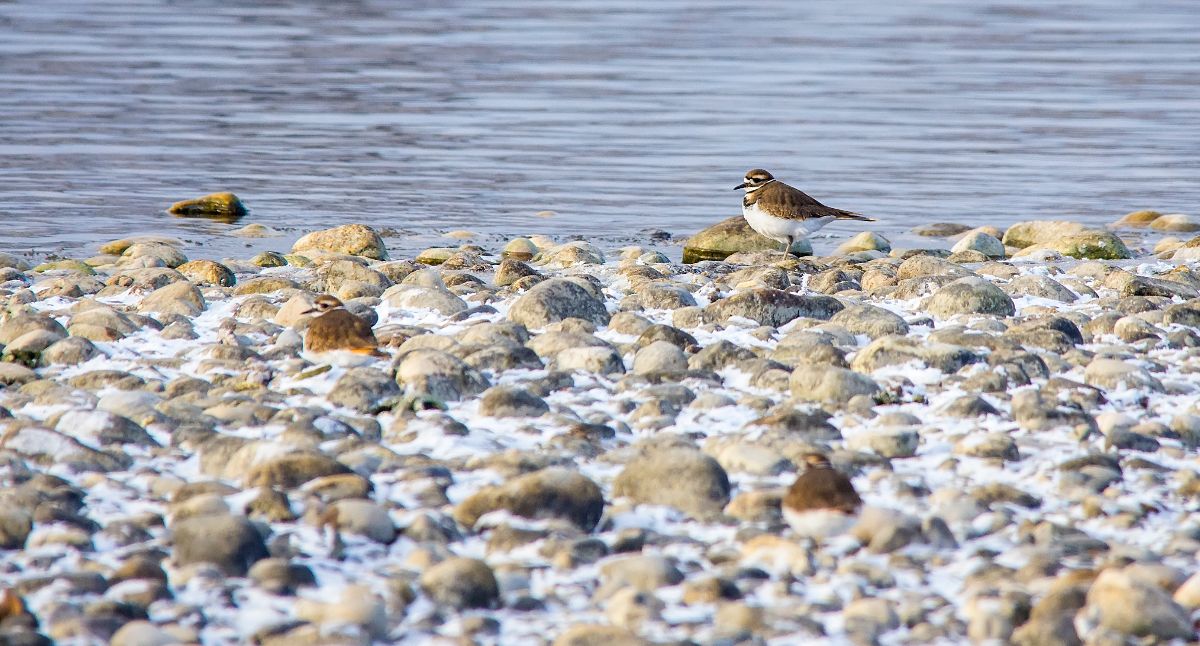
Killdeer
[exif id=”15086″]
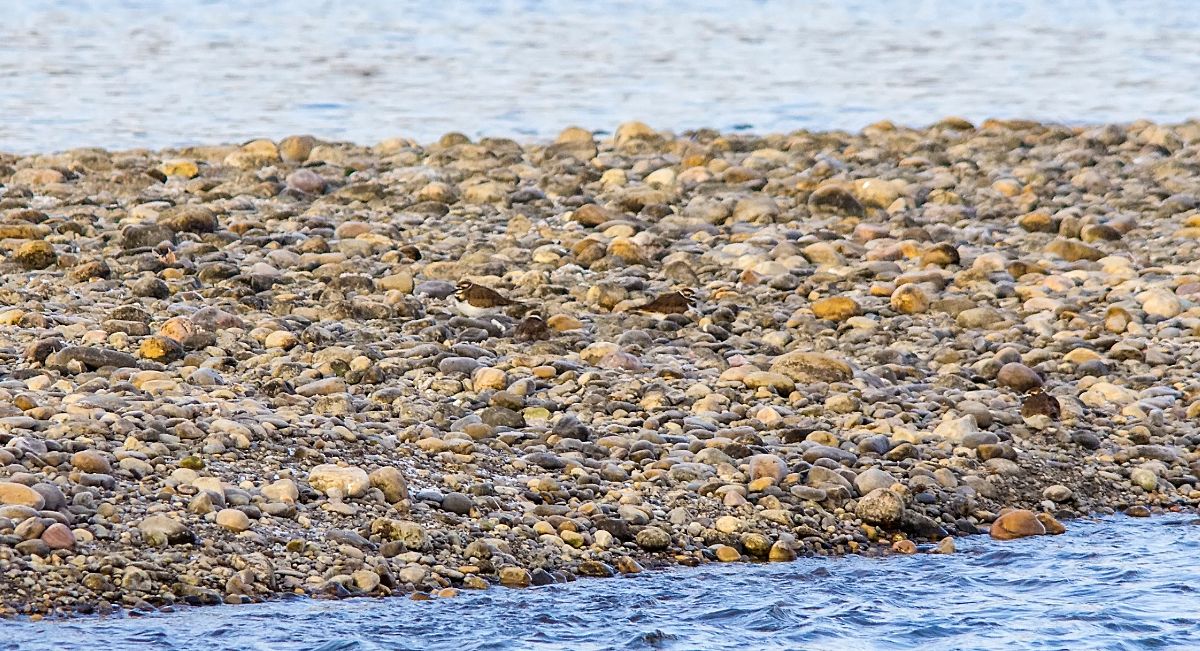
Killdeer on the rocks
[exif id=”15090″]
Given the warm autumn weather we’ve been having this year, we have had a fairly large number of Killdeer attempting to overwinter along the Bow River. Our high count was on Sunday though, when we counted 13 Killdeer on various parts of the river. I don’t think I’ve ever seen that many of them together at this time of year, but if you look carefully, you can see why that might be. The first image above contains three of the little white, black and brown shorebirds, while the second image contains four. Can you spot them?
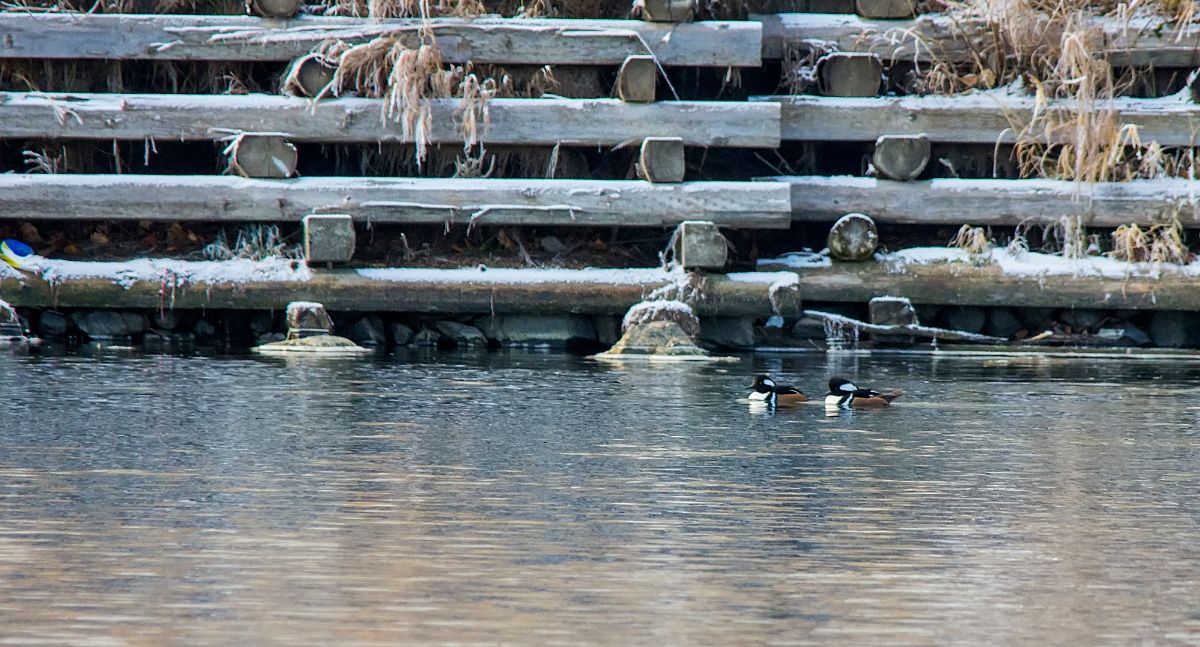
Hooded Mergansers
[exif id=”15085″]
For most of the week, the groups had seen at least one male Hooded Merganser, which we unfortunately missed on Thursday, but on Sunday there were two! While they were a bit far off, we also saw a female Hooded Merganser a bit later in the day. They are one of the most attractive waterfowl species that we have here in Calgary, and it’s nice seeing them all winter long.
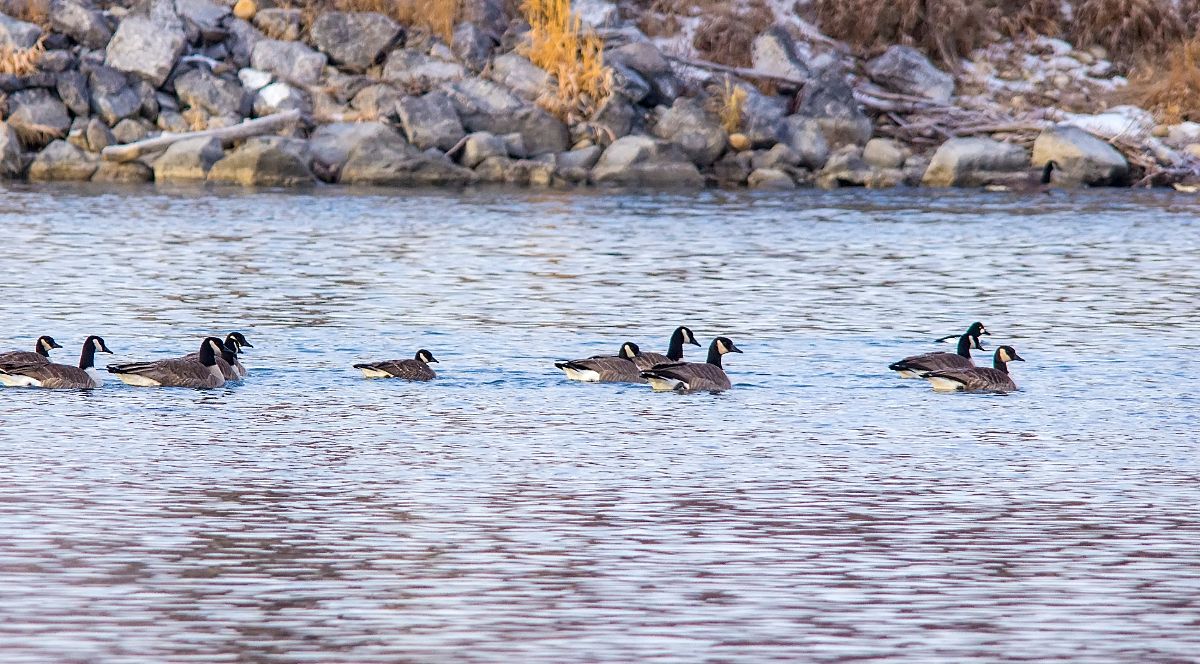
Cackling Goose with Canada Geese
[exif id=”15091″]
Another bird that we don’t always have here in big numbers through the depths of the winter, but have a good number of during the late fall and early spring are Cackling Geese. The smaller, daintier cousins of Canada Geese are often overlooked, but when you know what you’re looking for, they jump right out from the pack at you. On the left side of the photo, between two groups of larger Canada Geese, is a lone Cackling Goose. The smaller individuals are about the size of a Mallard, with a small, stubby bill and short neck, while the larger members of the species are still noticeably smaller than a Canada Goose, but drawing that distinction can be particularly tough.
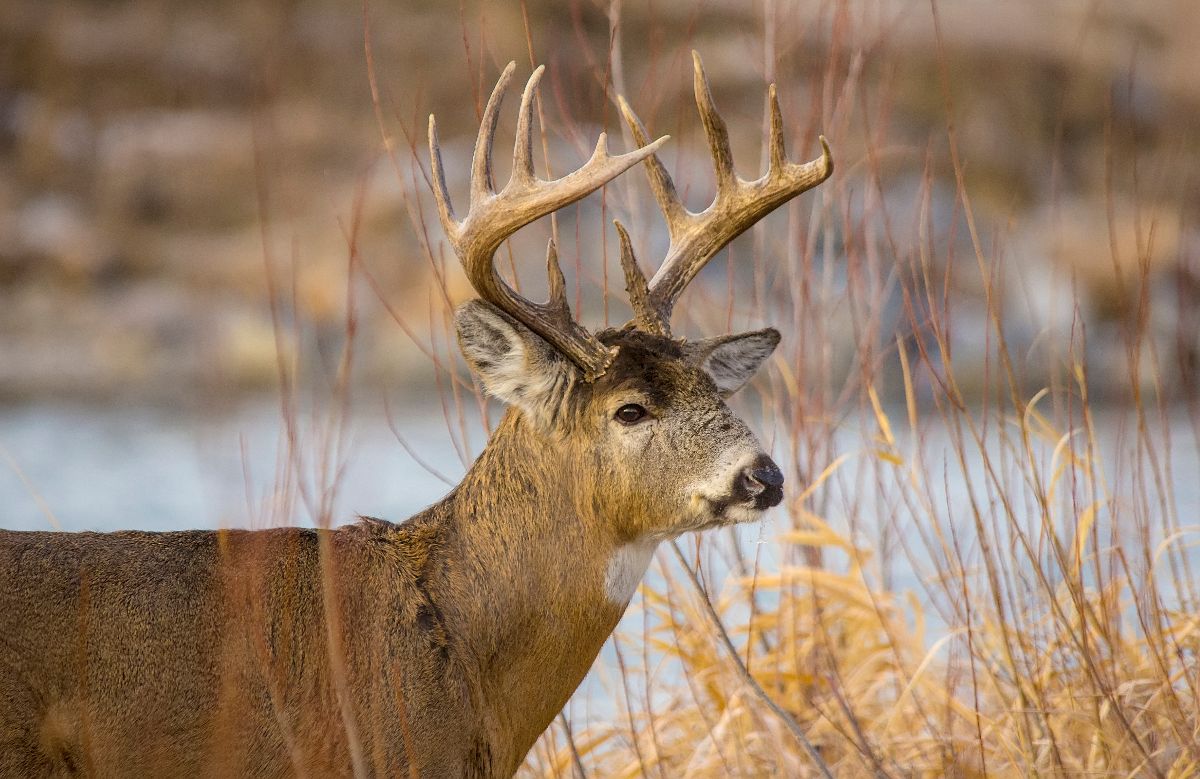
White-tailed Buck
[exif id=”15093″]

White-tailed Buck
[exif id=”15094″]
This White-tailed Deer seemed quite comfortable with us walking within a few feet of where he was resting, and I really liked how the frost and the grass accented his natural camouflage.
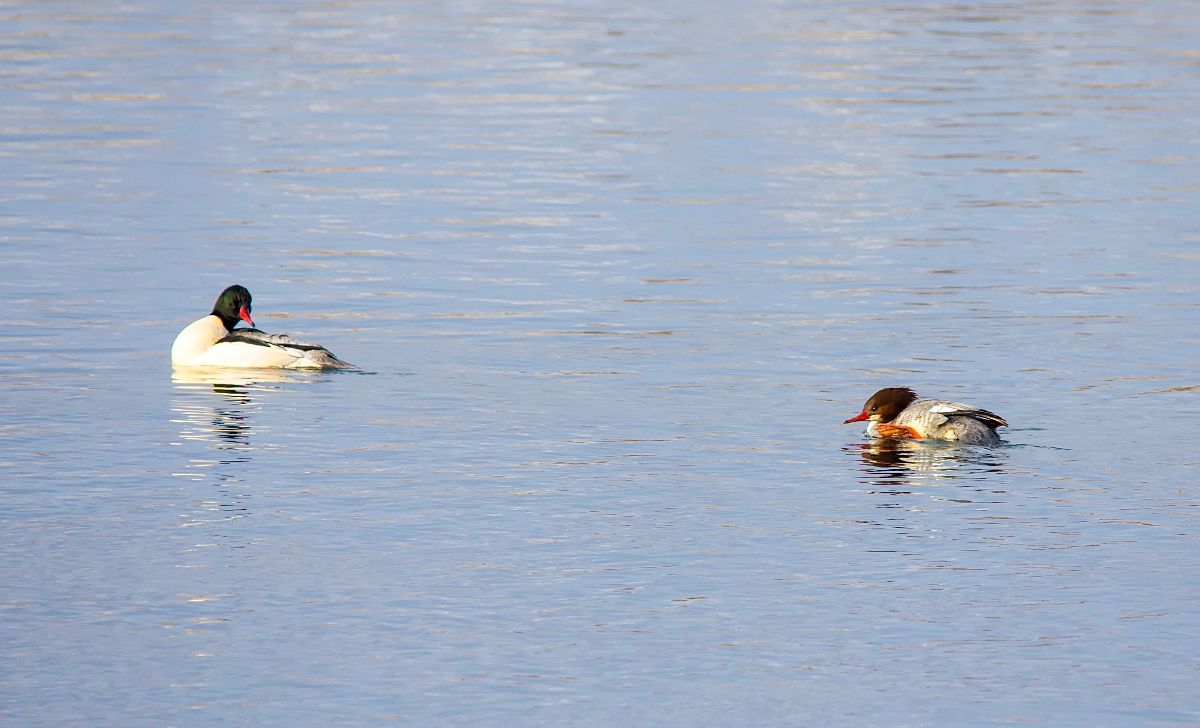
Common Mergansers
[exif id=”15087″]
It’s not every day that you get to see both male and female Common Mergansers in such fine form, but when you have an opportunity like this you just can’t help but take it. The low angle light and natural beauty of these two were just impossible to resist.
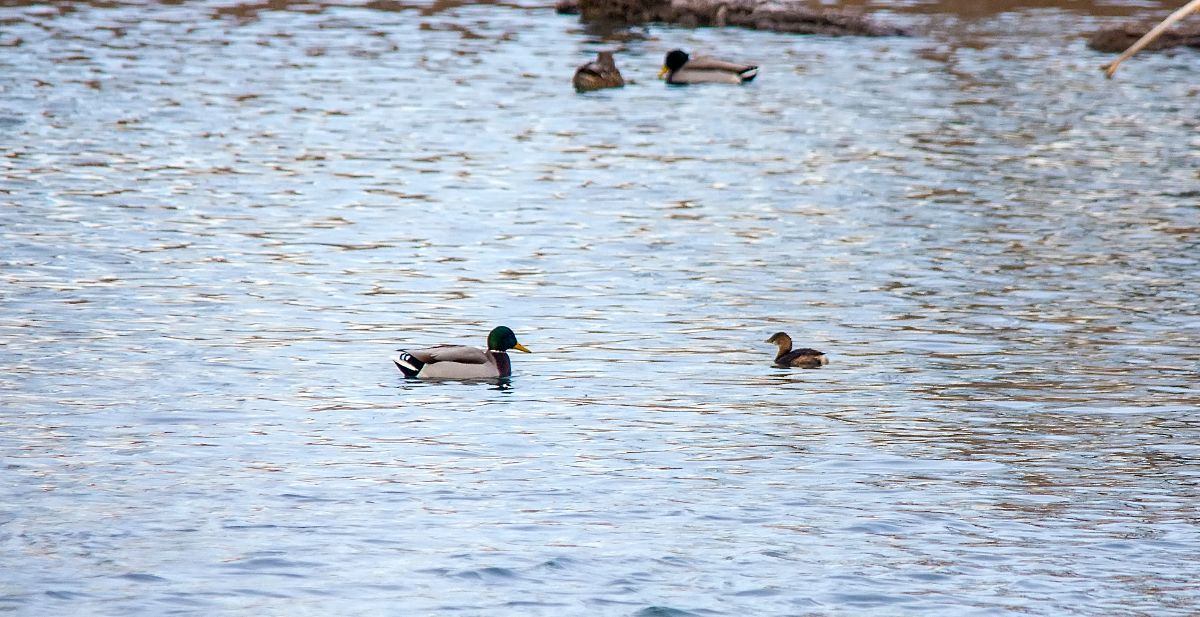
Mallard and Pied-billed Grebe
[exif id=”15096″]
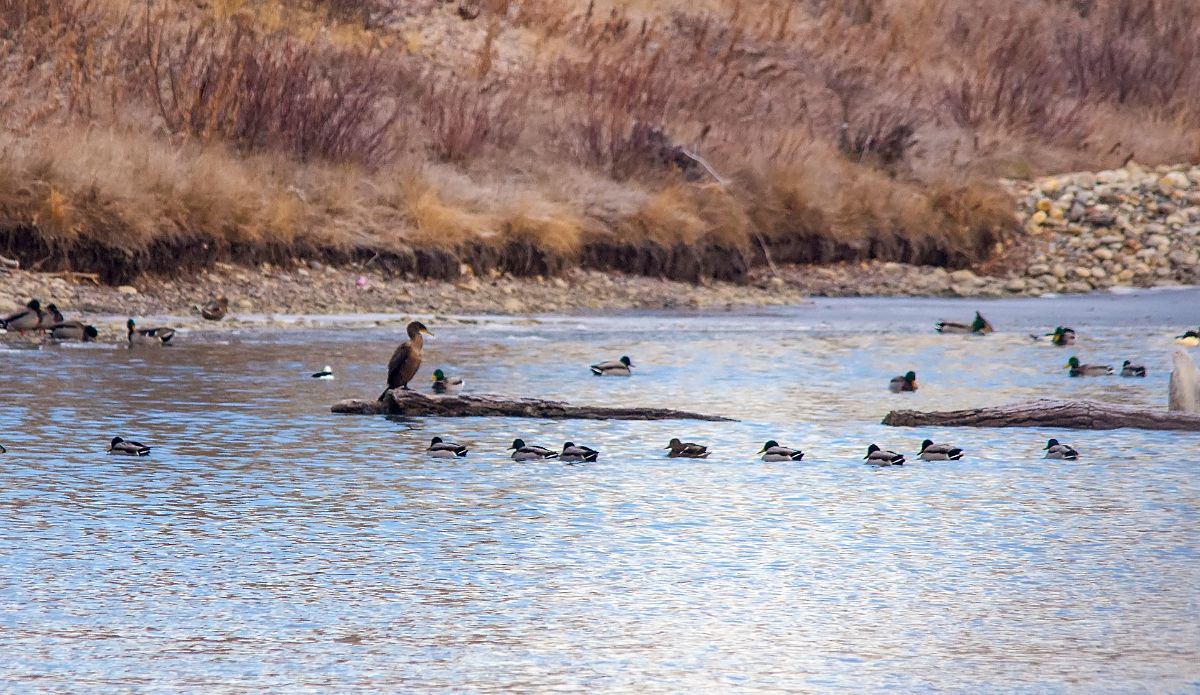
A very late Double-crested Cormorant
[exif id=”15095″]
As awesome as the rest of the morning was, these two birds are the reasons we were visiting the park. Usually, Pied-billed Grebes have flown south for the winter by mid-November at the latest. Double-crested Cormorants, on the other hand, are usually gone around the same time, and that one we had found a few weeks earlier at Pearce Estate Park was the latest I’d ever seen them sticking around here. It wouldn’t even surprise me if this was the same bird!
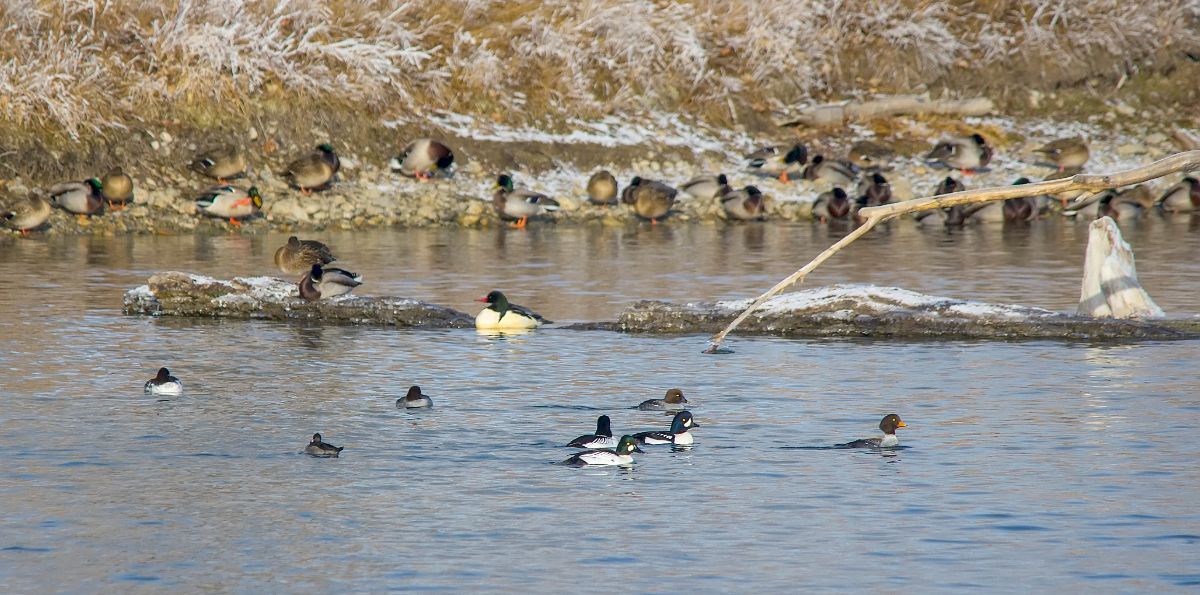
Barrow’s and Common Goldeneye
[exif id=”15089″]
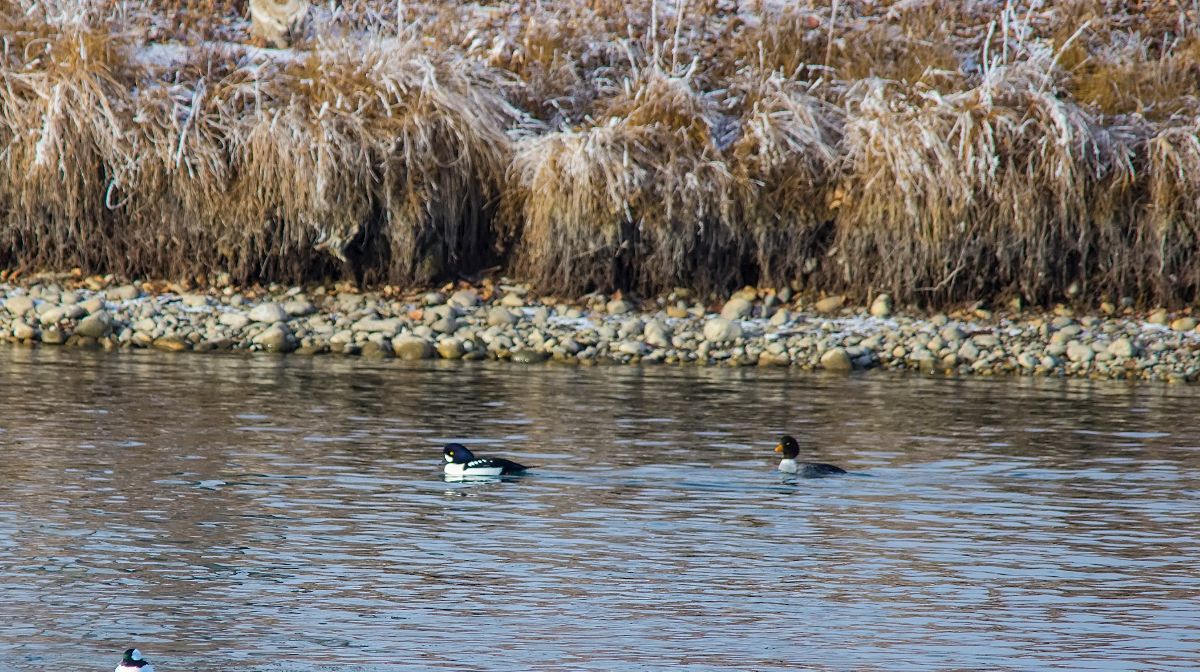
Barrow’s Goldeneye
[exif id=”15088″]
Of course when you find all of these great waterfowl species, you have an even better chance of finding some of the seasonally expected birds that we get along the Bow. Barrow’s Goldeneye can be identified by their half-moon shaped spot behind the bill, and that series of white spots along the wing.
And that’s the end of the Autumn Birding Course with the Friends of Fish Creek. I’ll be posting an update on the Calgary and Canmore Christmas Bird Counts early next week, but have a Merry Christmas and we’ll be back to regular outings in the New Year!

